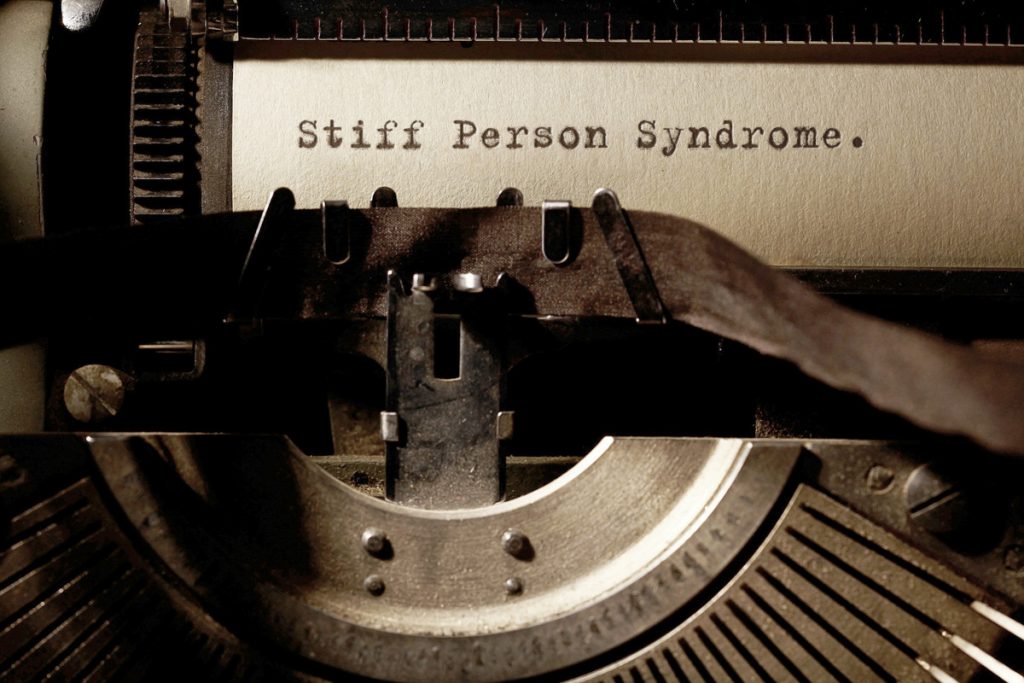
Stiff Person Syndrome: Understanding the Rare Neurological Disorder
Stiff Person Syndrome (SPS) is a rare and often debilitating neurological disorder characterized by progressive muscle stiffness and painful spasms. First identified in the 1950s, SPS affects approximately one in a million people. Despite its rarity, understanding its impact on daily life and available treatments is crucial for those affected and their caregivers.
What is Stiff Person Syndrome?
Stiff Person Syndrome is an autoimmune and neurological disorder where the body’s immune system mistakenly attacks its own nerve cells that control muscle movement. This attack leads to muscle rigidity and spasms, primarily in the trunk and limbs. The exact cause of SPS is still unknown, but it is often associated with other autoimmune conditions like diabetes, thyroiditis, and vitiligo.
Symptoms and Daily Life Impact
The symptoms of SPS can vary in severity and often worsen over time. Common symptoms include:
- Muscle Stiffness: Persistent rigidity in the torso and limbs, which can lead to a stooped posture.
- Painful Spasms: Intense, involuntary muscle contractions triggered by stimuli such as sudden noise, emotional distress, or physical touch.
- Mobility Issues: Difficulty walking or performing everyday tasks due to stiffness and spasms.
- Anxiety and Phobias: Fear of triggering spasms can lead to social withdrawal and anxiety disorders.
Living with SPS can be challenging. The unpredictable nature of muscle spasms means that patients often live in constant fear of an attack, which can make everyday activities daunting. Walking, driving, or even simple tasks like dressing and bathing can become laborious and painful. The physical limitations imposed by SPS can lead to significant emotional and psychological stress, impacting overall quality of life.
Treatment Options
While there is no cure for Stiff Person Syndrome, various treatments can help manage symptoms and improve quality of life. Treatment plans are usually tailored to the individual and may include a combination of medication, therapy, and lifestyle adjustments.
- Medications:
- Benzodiazepines: Drugs like diazepam and clonazepam are often prescribed to reduce muscle stiffness and spasms.
- Baclofen: A muscle relaxant that can help ease rigidity.
- Gabapentin and Pregabalin: These medications are used to manage neuropathic pain associated with SPS.
- Immunotherapy: Intravenous immunoglobulin (IVIG) or plasmapheresis can help modulate the immune system’s response.
- Physical Therapy:
- Stretching and Strengthening Exercises: Tailored exercise programs can help maintain muscle strength and flexibility.
- Occupational Therapy: Therapists can provide strategies and adaptive tools to help manage daily activities and improve independence.
- Psychological Support:
- Counseling and Support Groups: Psychological support is essential for managing anxiety and depression. Support groups can provide a sense of community and understanding.
- Stress Management Techniques: Techniques such as meditation, mindfulness, and biofeedback can help reduce stress, which may trigger spasms.
- Lifestyle Adjustments:
- Avoiding Triggers: Identifying and avoiding triggers such as sudden noise or stressful situations can help manage symptoms.
- Home Modifications: Making the home environment more accessible and safe can reduce the risk of injury during spasms.
Research and Future Directions
Ongoing research aims to better understand the underlying mechanisms of SPS and develop more effective treatments. Advances in immunotherapy and gene therapy hold promise for the future, offering hope for improved management and potentially curative approaches.
Stiff Person Syndrome Awareness
Stiff Person Syndrome (SPS) is a rare condition, but some high-profile individuals have publicly shared their diagnoses, bringing more awareness to this challenging disorder. One of the most notable figures with SPS is Canadian singer Celine Dion. In December 2022, she announced her diagnosis, shedding light on the condition and its impact on her life and career. Dion’s openness about her struggles with SPS has helped to bring attention to the condition and the daily challenges faced by those living with it.
Celine Dion has described how SPS affects her daily activities and performances, particularly emphasizing the severe muscle spasms and rigidity that can make even simple movements difficult. Her willingness to discuss her diagnosis has provided comfort to others with the condition and has underscored the importance of medical research and support for rare diseases.
While Celine Dion is the most prominent celebrity known to have SPS, her case has highlighted the importance of awareness and understanding of this rare condition. Her experience demonstrates that SPS can affect anyone, regardless of their public stature or career, and underscores the need for continued advocacy and research.
Conclusion
Stiff Person Syndrome is a rare but serious condition that significantly impacts daily life. Through a combination of medication, therapy, and lifestyle modifications, individuals with SPS can manage their symptoms and maintain a higher quality of life. Continued research and awareness are vital to improving outcomes for those affected by this challenging disorder.
Further Reading
- Stiff-Person Syndrome | National Institute of Neurological Disorders and Stroke (nih.gov)
- Stiff Person Syndrome (SPS): What It Is, Symptoms & Treatment (clevelandclinic.org)
- What is stiff person syndrome? (patient.info)
- What Illness Does Celine Dion Have? Stiff Person Syndrome Updates (womenshealthmag.com)
- Celine Dion details health battle, home life in new doc: Most emotional moments – ABC News (go.com)
Andrew Jones is a seasoned journalist renowned for his expertise in current affairs, politics, economics and health reporting. With a career spanning over two decades, he has established himself as a trusted voice in the field, providing insightful analysis and thought-provoking commentary on some of the most pressing issues of our time.





